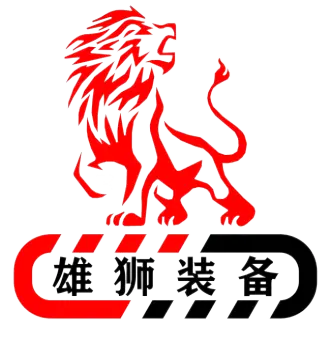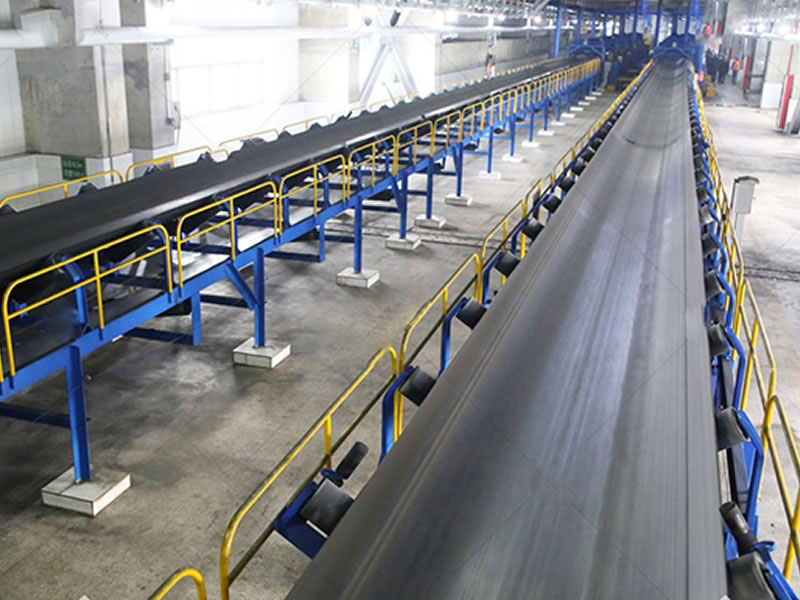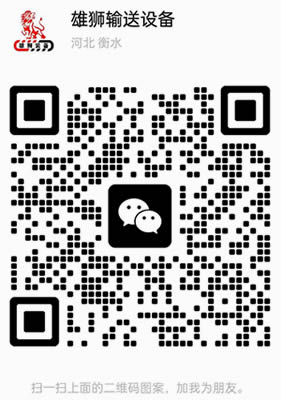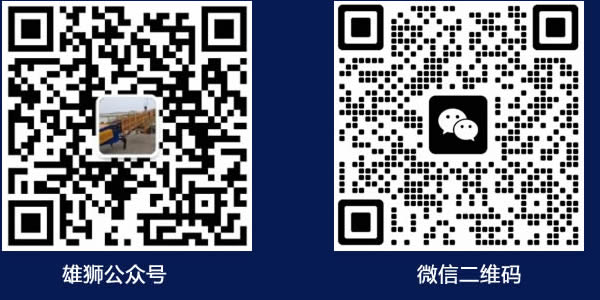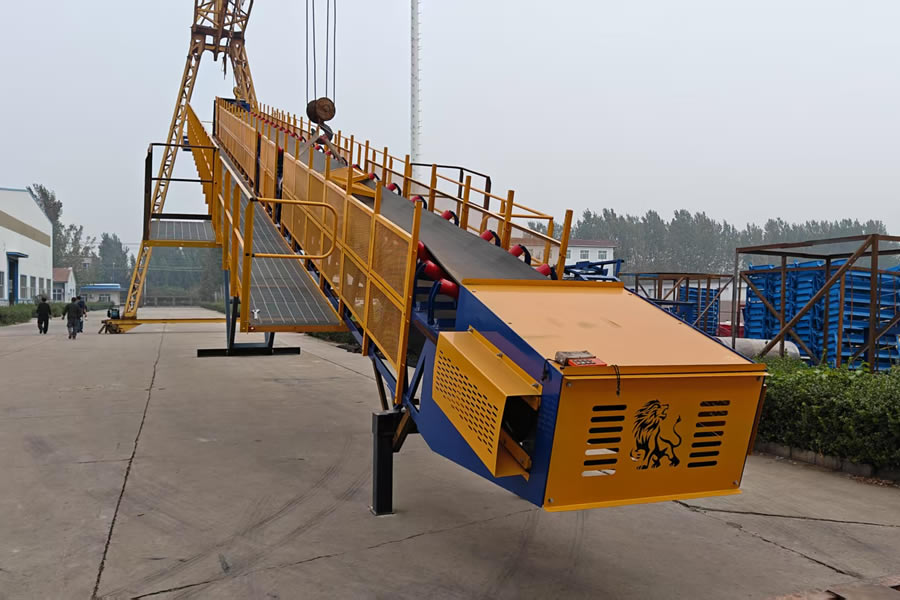
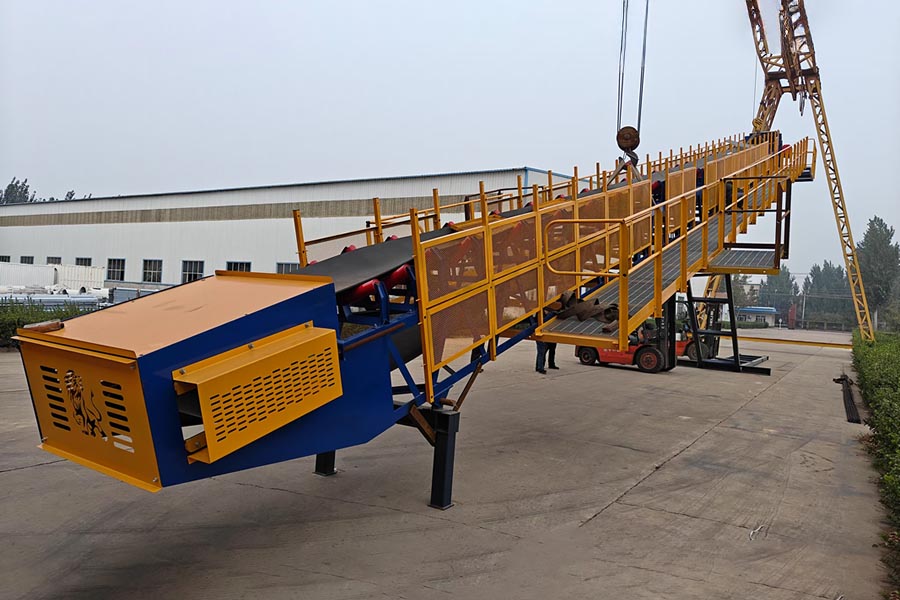
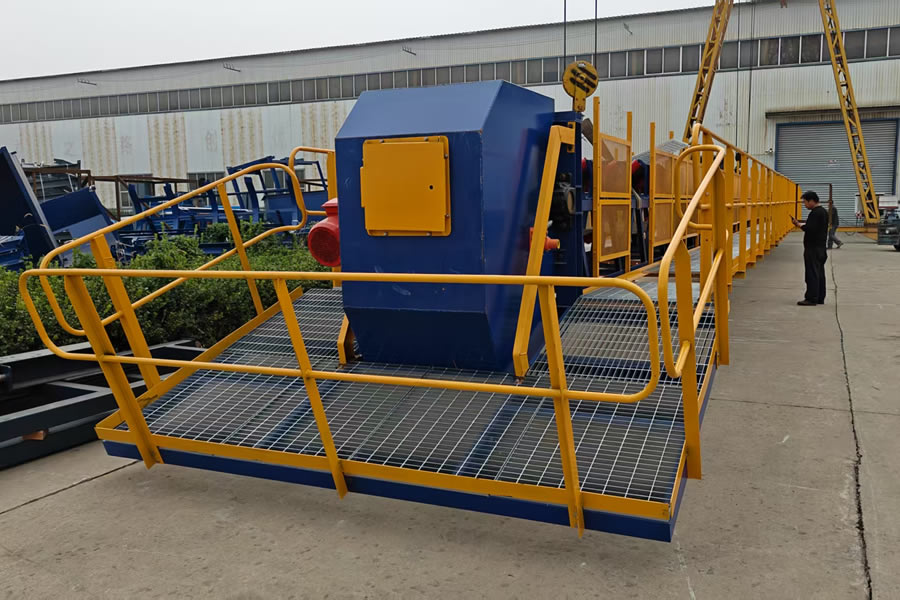
Application:
Coal Industry:
Used for transporting raw and cleaned coal from underground mining faces to the bottom of the shaft, and from surface washing plants to coal storage yards.
Port Industry:
Applied in bulk cargo ship loading/unloading, stockpiling, and material transfer operations, such as coal, ores, grains, etc.
Mining Industry:
Transports metal ores from the mining site to the beneficiation plant, and building stones within quarry operations.
Power Industry:
Used in thermal power plants for efficient fuel (coal) transportation.
Building Materials Industry:
Used for transporting raw materials in cement production and for both raw materials and finished products in ceramics manufacturing.
Food and Light Industries:
Supports material handling in food processing and light industrial product production lines.
Advantages:
- High Conveying Capacity:
Capable of continuously transporting large volumes of material; the conveying capacity is adjustable as needed. - Long Transport Distance:
Can be connected in multiple units for extended conveying distances. - Versatile Material Handling:
Suitable for transporting lump, powdered, and granular materials. - Stable Operation with Low Noise:
Smooth material transport with operational noise typically between 70 and 80 decibels. - Cost-Effective:
Reasonably priced equipment, low energy consumption, and reduced overall operational costs. - High Automation:
Easy to install and capable of integration into automated control systems. - Flexible Layout:
Can operate horizontally, at inclines, or with curves to suit complex transportation routes.
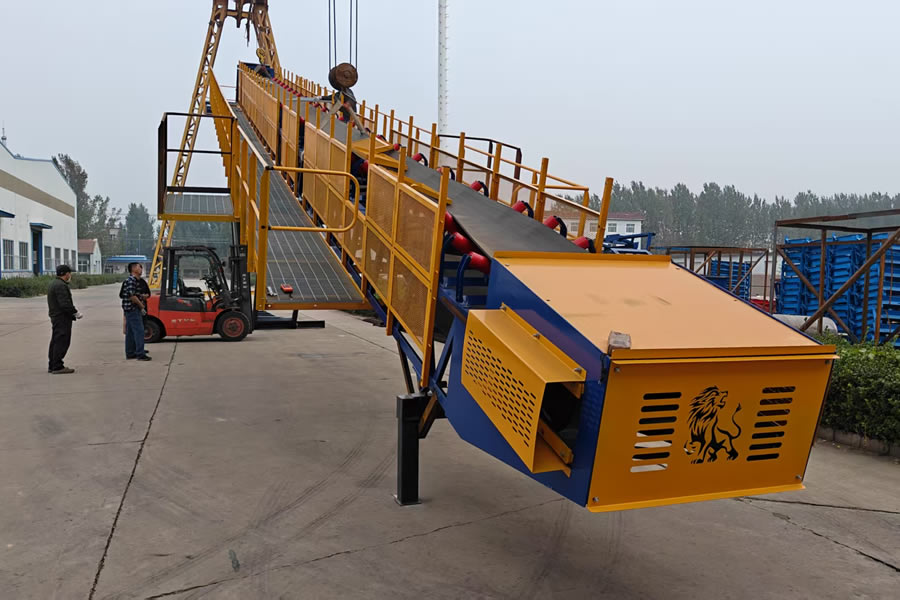
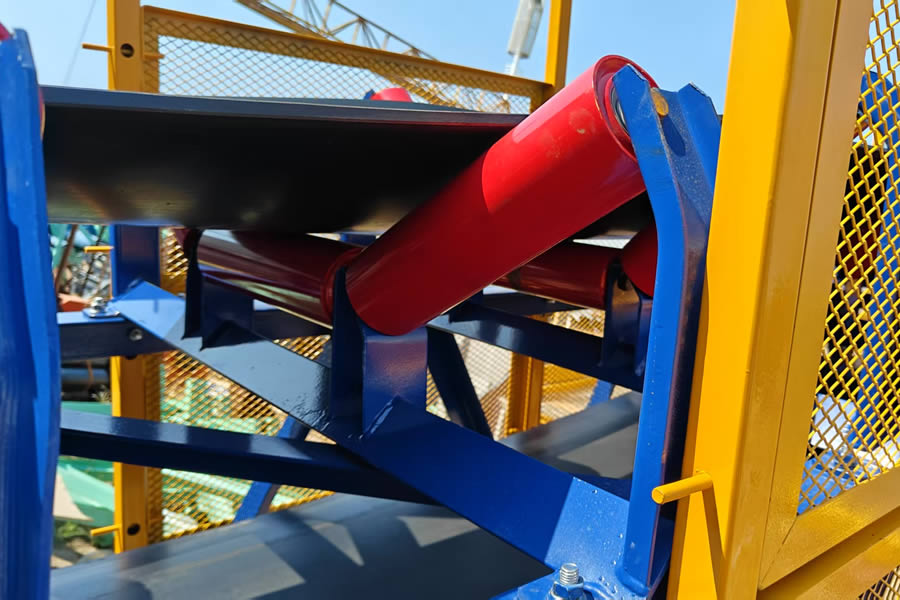
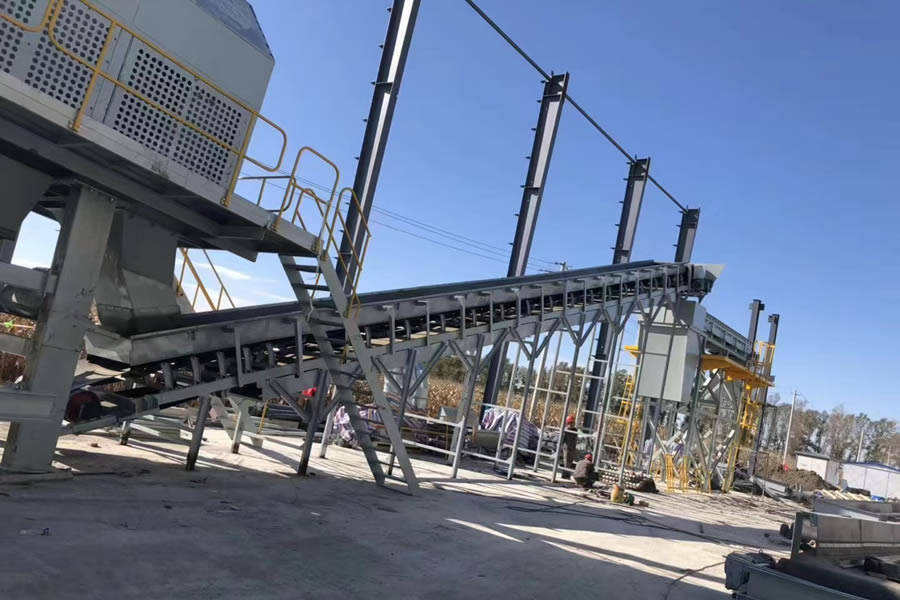
Technical Specifications
| Conventional Belt Conveyor | ||
| Hopper Volume | 0.5 m³- 5 m³ | Customizable |
| Belt Width (mm) | 500, 650, 800, 1000, 1200, 1400 | |
| Incline Angle | 0–18° | |
| Recommended Angles (°) | 0, 3, 6, 9, 12, 15, 18 | |
| Belt Speed (m/s) | 0.8, 1.0, 1.25, 1.6, 2.0, 2.5, 3.15 | |
| Recommended Speed | 1.6 m/s | |
| Capacity (t/h) | 160, 290, 450, 700, 1000, 1500 | |
